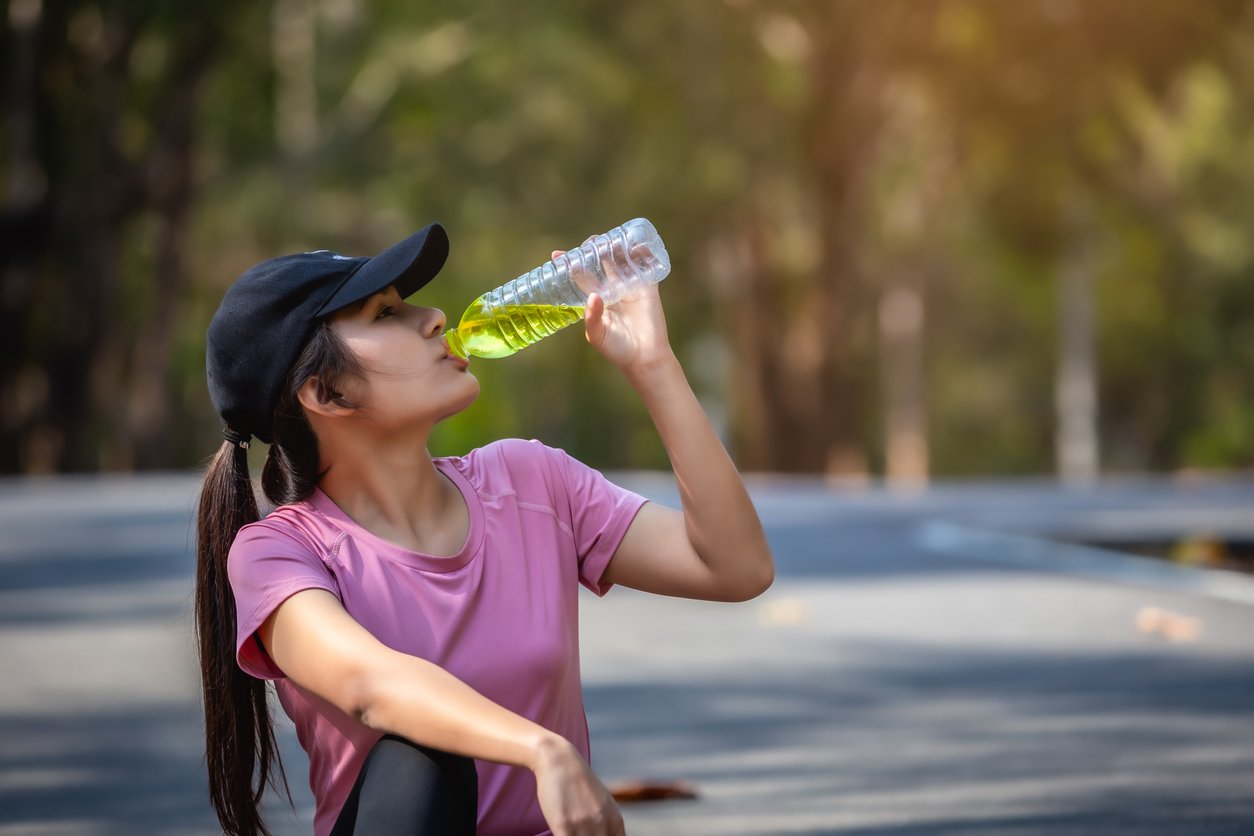If you’ve ever overdone exercise on a hot, muggy day, you know how unpleasant it can feel. From fatigue to muscle cramps to dizziness to brain fog (one friend told me about a grueling marathon in which he hallucinated that he was dead because he waved to someone who didn’t wave back), dehydration is a serious and potentially dangerous condition.
But it’s not just water that your body needs in those moments. In fact, drinking plain water when you’re perspiring profusely can actually make things worse. That’s because the sweat you’re losing isn’t just water — it also contains groovy and crucial substances called electrolytes. And without them, many of your body’s functions can get compromised, or even shut down.
That’s why electrolyte sports drinks are so popular in the gym and during sporting events. But what are electrolytes exactly? What do they do? And why are they important?
And are athletes sweating like wrung-out sponges the only people who have to maintain adequate levels of electrolytes? Or do the rest of us also need to pay attention to our electrolyte balance? And if so, must we gulp bright green beverages in order to get enough of them, or are there foods or natural drinks that provide us with what we need?
What Are Electrolytes?

Electrolytes are essential minerals that carry an electric charge and play crucial roles in maintaining a bunch of critical bodily functions. Basically, wherever there’s liquid inside your body, there are electrolytes present. This includes blood, urine, and the fluid inside and outside cells.
Your body is about 60% water, distributed unevenly throughout. Organs and other squishy bits (that’s medical jargon for soft tissue) are very watery, but even your bones are 31% H2O. And that water is constantly recycling itself, to the point where novelist Tom Robbins surmised that human beings “were invented by water as a device for transporting itself from one place to another.”
What allows that water to flow in, through, and out of your body are electrolytes. Through billions of precise messages and measurements, they help distribute and move water through just about every cell in your body, each of which requires water to survive and function.
The main electrolytes found outside your cells are sodium and chloride, while the most common within-cell electrolyte is potassium. Other crucial electrolytes include magnesium, calcium, phosphorus, and bicarbonate.
The fancy term for what electrolytes do in the body is homeostasis, or maintaining a stable internal environment even when dealing with changes externally. But it’s not just about containing enough electrolytes — you also need them in the right ratios to one another. When your electrolyte levels or ratios become unbalanced, your body may experience a number of different health issues, some of which are actually life-threatening if left untreated.
What Do Electrolytes Do in the Body?
So let’s get specific. What functions do electrolytes perform, and what happens when your levels are low, or the ratios are off?
There are three primary things that electrolytes do in your body: maintaining proper hydration, supporting nerve function, and enabling muscle contractions. Let’s look at each of them.
Electrolytes and Hydration
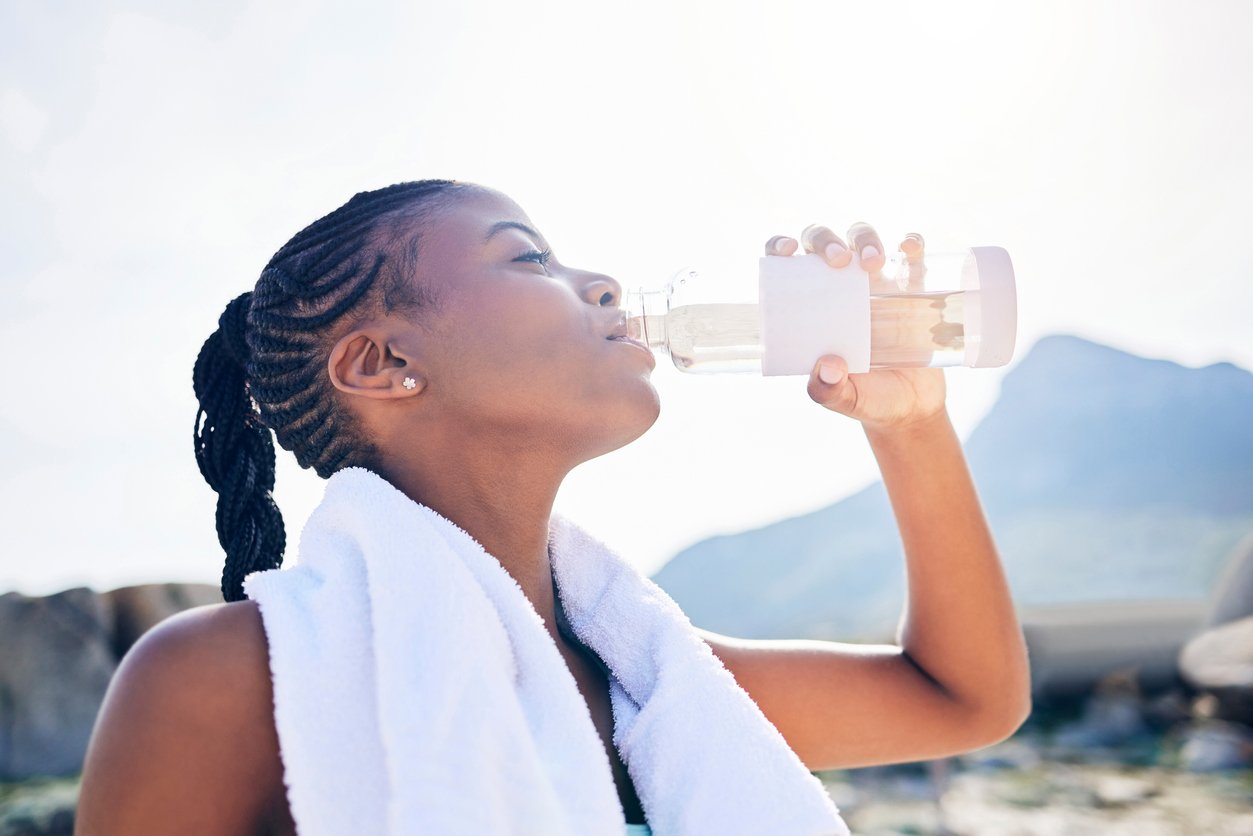
Electrolytes help maintain healthy water pressure and volume inside and outside each cell. This ensures that cells can function properly, with a balance of fluids that prevents both dehydration and overhydration.
In our bodies, dehydration can have serious health impacts, including impaired cognitive function, reduced physical performance, cardiovascular strain, and decreased immune function, among many other unpleasant and potentially dangerous effects.
Overhydration can be a problem, too. It happens when there’s too much water in relation to electrolyte levels, effectively diluting their concentrations. It can lead to cellular swelling and an imbalance of essential electrolytes, potentially causing neurological symptoms, seizures, and organ dysfunction.
Electrolytes and the Nervous System
Electrolytes also play a crucial role in the functioning of your nervous system. They maintain electrical balance in cells and facilitate and generate nerve impulses throughout your body.
The homeostatic function of electrolytes in the central nervous system is also essential for proper brain function since your brain uses electrical signals to send your entire body messages through your nervous system. And the tissues and cells of your body use those same electrical pathways to communicate back to the brain.
Electrolytes and Muscle Function

As anyone who has ever had a charley horse might guess, you need sufficient and balanced electrolytes for the proper contraction and relaxation of the three types of muscle in your body. The first kind, skeletal muscle, is what we typically think of when we think of muscles. These muscles are attached to bone and carry out all your voluntary movements: sitting and walking, nodding your head yes and no, and wrinkling your nose at unpleasant odors.
Electrolytes also regulate the function of your smooth muscles, layers of which form the walls of many organs and blood vessels. And they’re also needed for the cardiac muscle that’s responsible for the lub-dubs that pump blood throughout your body.
Essential Electrolytes and How to Prevent Imbalances
You can experience electrolyte imbalances when you don’t have enough — or have too much — of various electrolyte minerals in your body. Let’s look at the specific electrolytes, their functions, recommended intake, and how to ensure sufficient amounts and ratios.
Sodium
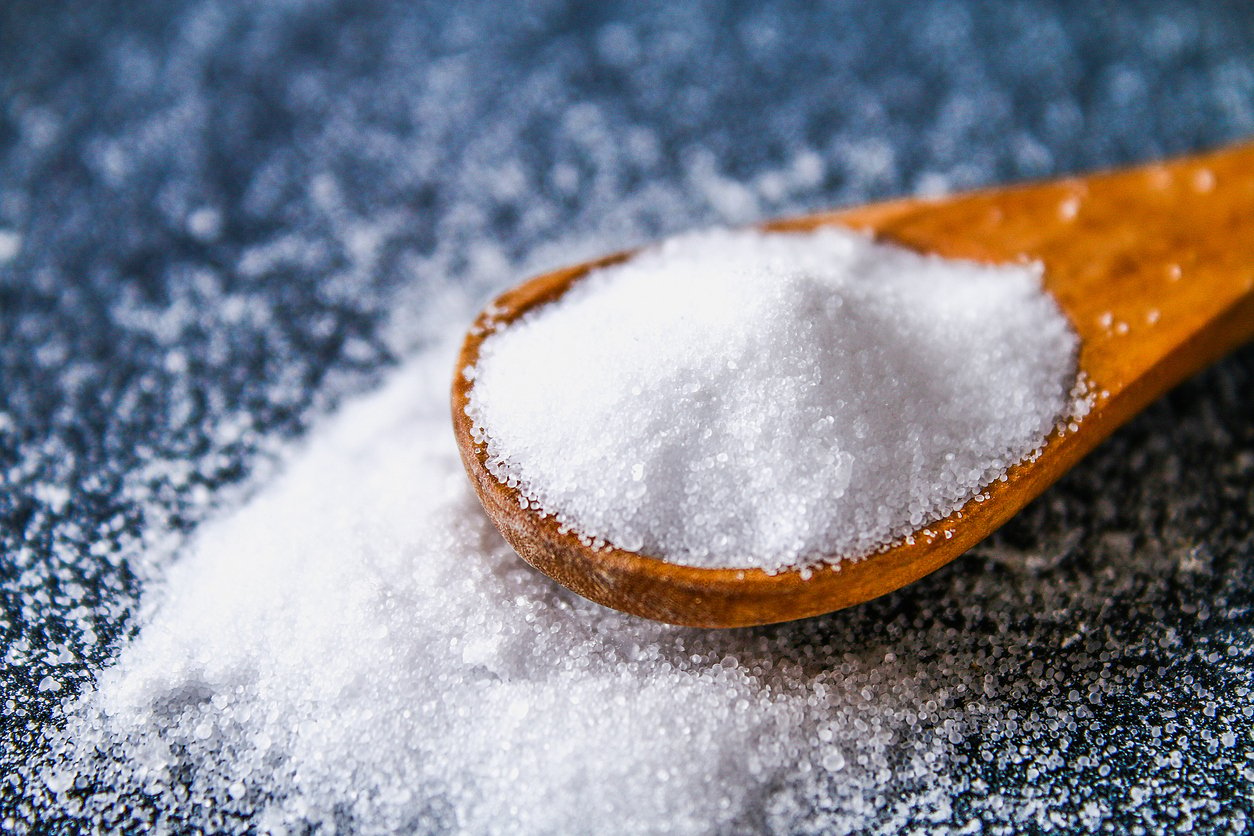
Sodium plays a crucial role in maintaining fluid balance, transmitting nerve impulses, and muscle contraction and relaxation. One potential sodium problem is hyponatremia, which is too little sodium in the blood. There are several conditions that can cause this, like certain medications (including diuretics, some antidepressants, and antipsychotics), heart failure, and drinking too much water without replenishing lost electrolytes (as seen in exercise-induced hyponatremia).
However, most people, especially those in the industrialized world, are at greater risk of the opposite problem: too much sodium in the blood, caused by too much sodium in their diet. The US Dietary Guideline’s Daily Value for sodium is 2,300 mg per day (which is a lot higher than the American Heart Association’s more conservative ideal limit of 1,500 mg per day). But most people are consuming between 3,000 and 5,000 mg of sodium per day.
Excess sodium in the blood, known as hypernatremia, is mostly caused by high-sodium diets. Hypernatremia is a major contributor to high blood pressure, which itself contributes to heart disease (the world’s #1 killer), as well as type 2 diabetes and kidney disease.
Preventing Sodium Imbalances
There are three complementary strategies to prevent a sodium imbalance in your body. The first is to moderate your sodium intake (which, for most of us, involves both eating less salt and reducing consumption of highly processed foods that tend to be very high in sodium).
The second strategy is to make sure you get plenty of potassium, which is kind of like sodium’s seesaw buddy. They work in harmony and help regulate each other. Too much sodium and not enough potassium, which is the more common imbalance, has heavy sodium sitting on the ground at one end of the seesaw, and potassium with its feet dangling in the air on the other end. The ideal sodium-to-potassium ratio is about 1:2. (We’ll discuss potassium more soon, but this is the sodium section, so potassium has to wait its turn.)
And the third strategy is to keep your sodium levels from getting too low — plummeting into the hyponatremic range. This is more likely to happen if you sweat a lot (ever noticed that sweat is salty?) and drink a lot of water without replenishing sodium or other electrolytes. To address this, you may want to drink a hydrating beverage that contains electrolytes or accompany your water drinking with a snack that’s rich in sodium and other minerals, such as nut butter and celery.
Of course, that’s what sports drinks are for — at least according to their marketing. The issue is many of them are high in sugar as well as natural and artificial flavors that can create a whole new set of problems for your body.
Remember: Sugar is not an electrolyte. Although it does help increase electrolyte absorption, it causes more than enough problems to make up for it. Fortunately, there are plenty of ways to meet your body’s need for sodium and other electrolytes without consuming any kind of sweetener.
If you’re worried about your sodium levels, you may want to get testing done or see if you’re taking any medications that may impact your sodium levels.
For more on sodium, see our article here.
Potassium
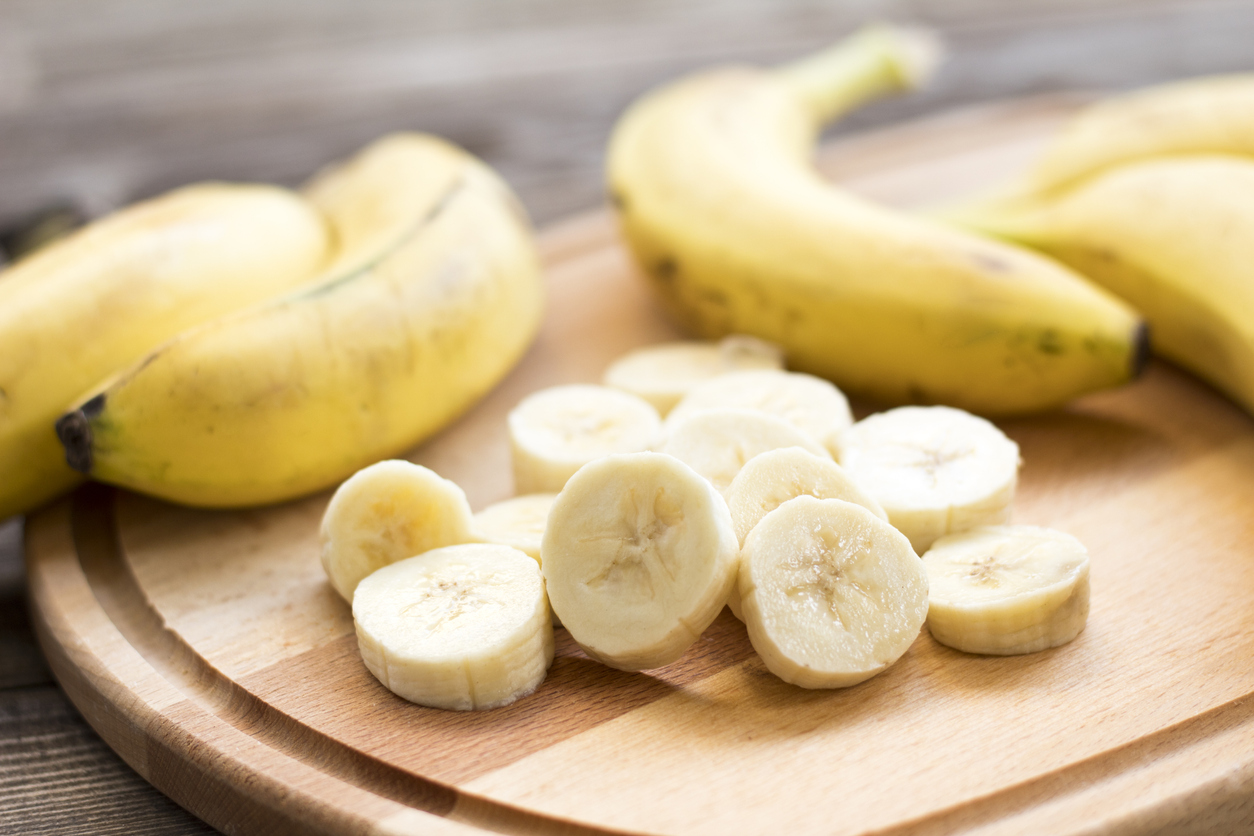
Potassium is also essential for nerve signaling, muscle contraction, and the maintenance of a regular heartbeat. Too little potassium is called hypokalemia and can lead to muscle and heart problems. Most cases of hypokalemia produce mild symptoms (which is a good thing because severe cases can lead to heart arrhythmias and eventual paralysis). And when it does occur, it’s typically a side effect of some medications (including antibiotics, diuretics, insulin overdoses, and others) or adrenal problems.
On average, the potassium needs for men are 3,400 mg and 2,600 mg for women. In the US, adults tend to not get enough potassium, but the discrepancy may not be enough to cause noticeable symptoms. (On average, men consume a little over 3,000 mg a day, and women get around 2,300 mg).
Excess potassium, or hyperkalemia, is less common but may be caused by certain medications or kidney disease.
The best way to prevent a potassium imbalance is to include potassium-rich foods in your diet. Some of the healthiest sources of potassium include bananas, avocados, potatoes, leafy greens, and legumes.
As with sodium, if you have concerns about your potassium levels, you may want to get your levels tested or check with a health care professional.
For more on potassium, see our article here.
Calcium
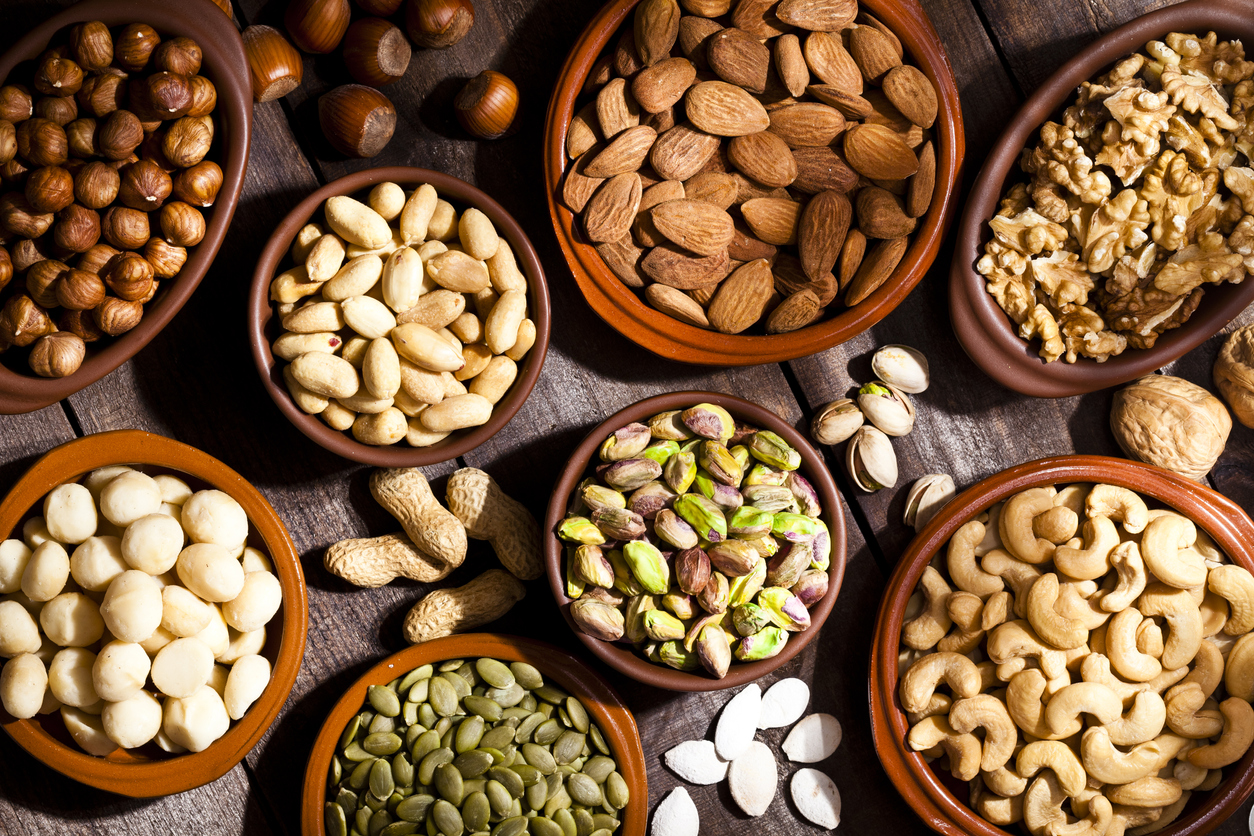
Another electrolyte, calcium, is necessary for bone health, muscle contractions, blood clotting, and nerve function. Too little calcium (as measured in blood, not bone) is called hypocalcemia and may result from insufficient dietary calcium, certain drugs, or problems with the kidneys. Most commonly, though, hypocalcemia is caused by either vitamin D deficiency or diseases of the parathyroid glands.
Mild hypocalcemia is quite common and rarely shows up as symptoms.
Too much calcium in the blood, called hypercalcemia, is usually a result of overactive parathyroid glands. Less common causes included cancer, certain other medical disorders, some medications, and taking too much calcium and vitamin D in supplemental form.
The Recommended Dietary Allowance for adults 18 years and older is 1,000–1,200 mg of calcium per day. But the best way to prevent a calcium imbalance is by getting healthy sources of calcium from food, treating medical conditions that may affect your calcium levels, and getting enough vitamin D.
Contrary to popular belief (stoked by dairy industry marketing), you don’t need to consume dairy to maintain your calcium levels. Healthier and more sustainable sources of calcium include: seeds, beans, nuts, leafy greens, and organic soy.
For more on calcium, see our article here.
Magnesium

Magnesium is essential for nerve function, muscle contraction, enzyme activity, and maintaining a healthy heartbeat. Having a low magnesium level is called hypomagnesemia (which, it turns out, is not the medical term for a deficiency of magazine subscriptions — and yes, I did “Google it” to make sure).
The Recommended Dietary Allowance of magnesium for men 19 years or older is 400–420 mg and 310–320 mg for women.
If a person’s magnesium level is low, it’s usually because they are not eating enough of it or because their intestines are not absorbing it properly. Sometimes, though, hypomagnesemia develops because the kidneys or intestines excrete too much magnesium (usually due to medications). Hypomagnesemia may also occur in tandem with low levels of calcium and potassium.
Some people deem magnesium deficiency a public health crisis due to how common and widespread it is. An estimated half of the US population is consuming a magnesium-deficient diet.
Symptoms of early magnesium deficiency can include constipation, fatigue, loss of appetite, and weakness, which can eventually lead to more severe complications if untreated.
Too much magnesium in the blood is called hypermagnesemia. However, it’s very rare, and can be caused by extremely high doses of supplemental magnesium as well as kidney failure.
A key strategy for preventing a magnesium imbalance is to get enough from your food while keeping your other electrolytes in balance. Some of the best dietary sources of magnesium are nuts and seeds, spinach, fortified plant-based milks, legumes, dark chocolate, and avocado.
And, at the risk of sounding like a broken record (I’m so glad vinyl is making a comeback, so I can keep using that metaphor), it might be a good idea to check with a health care professional about any medications, supplements, or medical conditions that may interfere with your magnesium levels.
For more on magnesium, see our article here.
Other Electrolytes to Know
Three other electrolytes get less press, largely because deficiencies are far less common. Bicarbonate, chloride, and phosphorus are also electrolytes. However, you will typically see imbalances of these electrolytes in conjunction with kidney disorders or as downstream effects of another, more primary electrolyte imbalance.
What All This Means

So, to summarize, when it comes to electrolytes, there are three main concerns to watch out for.
-
- Sodium and potassium imbalance. Most people in the modern world are getting too much sodium and too little potassium, creating a problematic imbalance. Eating less sodium and more potassium-rich foods is good advice for most of us.
- Lack of specific electrolytes. In addition to the lack of potassium in the modern diet, up to half of us are also deficient in magnesium. And for some, calcium can be a concern, too — although vitamin D can be very helpful in supporting calcium absorption. For our article on vitamin D, click here.
- Water/electrolyte balance. When we sweat, and especially when engaging in intense physical activity such as hiking, tennis, or running, it’s important to replenish lost moisture. As a rule of thumb, you need about a quart of liquid for every hour in the sun or during strenuous exercise.
But when you perspire, you’re not just losing water; you’re also losing minerals — so it’s important to replenish your electrolytes as well. You can do this with the aid of an electrolyte powder mixed with water, a drink that naturally includes some electrolytes (such as fruit juice or coconut water), or some mineral-rich snacks.
For our article on best practices for safe, healthy, and sustainable hiking, click here.
Electrolyte Balancing Recipes
For most people, a diverse diet based around whole plant foods will deliver plenty of sodium, potassium, calcium, magnesium, and all the other electrolytes — thus helping to ensure a healthy electrolyte balance. So, in general, there’s no need for highly marketed sports drinks in plastic bottles to replenish electrolytes lost during exercise or extended time outdoors.
In fact, you can save money, reduce plastic waste, and eliminate unwanted ingredients like artificial colorings and refined sugar, which are commonly found in many sports drinks. Instead, opt for fresh-from-your-kitchen ingredients to help your body function at its best with these simple and wholesome electrolyte-containing recipes!
1. Beet Carrot Turmeric Juice
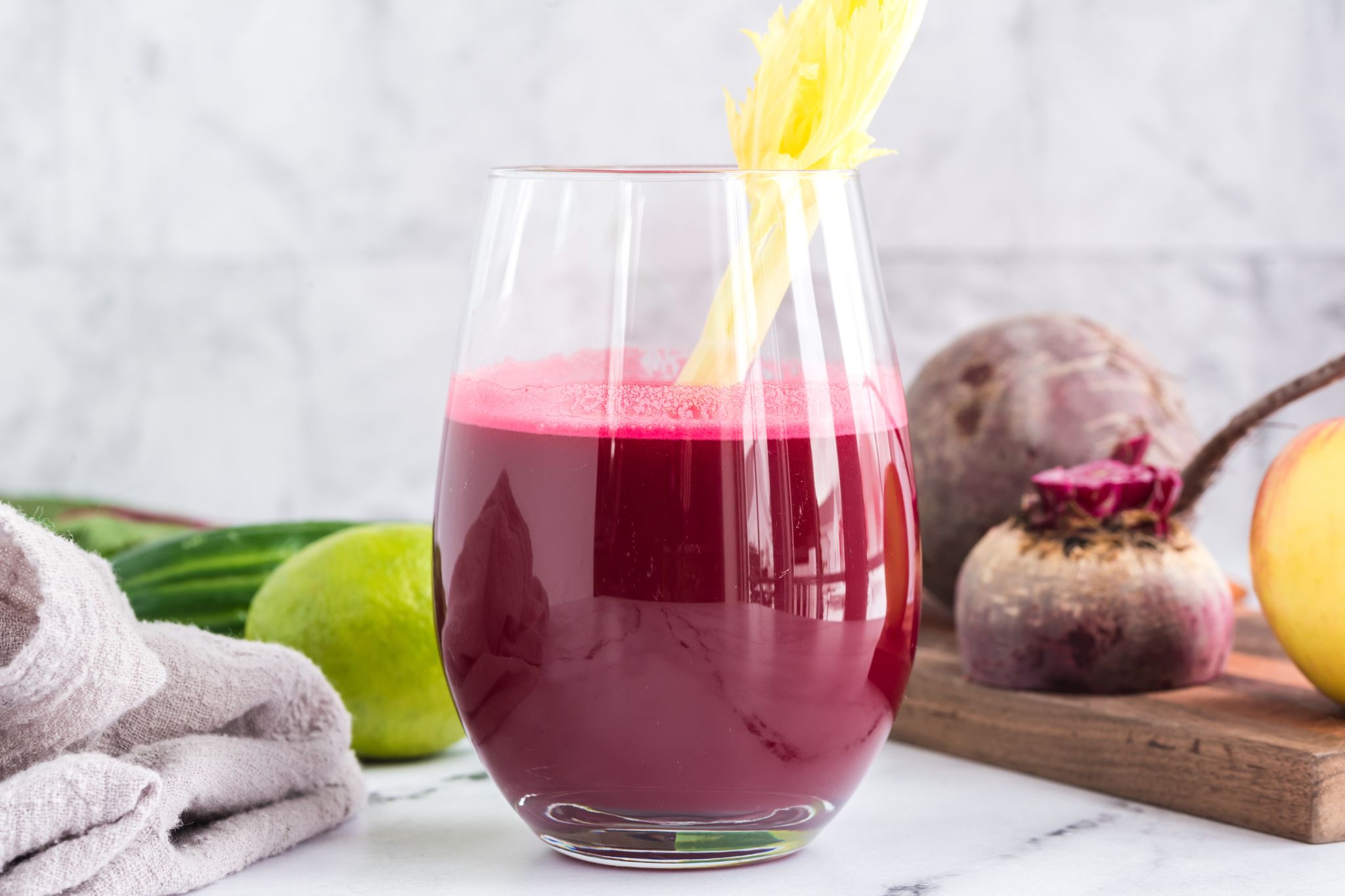
Beet Carrot Turmeric Juice may be the DIY electrolyte recovery drink that can do it all! It provides a refreshing combination of antioxidants, anti-inflammatory properties, and essential electrolytes, making it a nourishing option for hydration and an active lifestyle. What’s more, it’s a healthier alternative to many commercially available sports drinks that often contain added sugars and artificial ingredients. Don’t have a juicer? No problem! Blender instructions for this power-packed juice are provided as well.
2. Pumpkin Seed Poppers
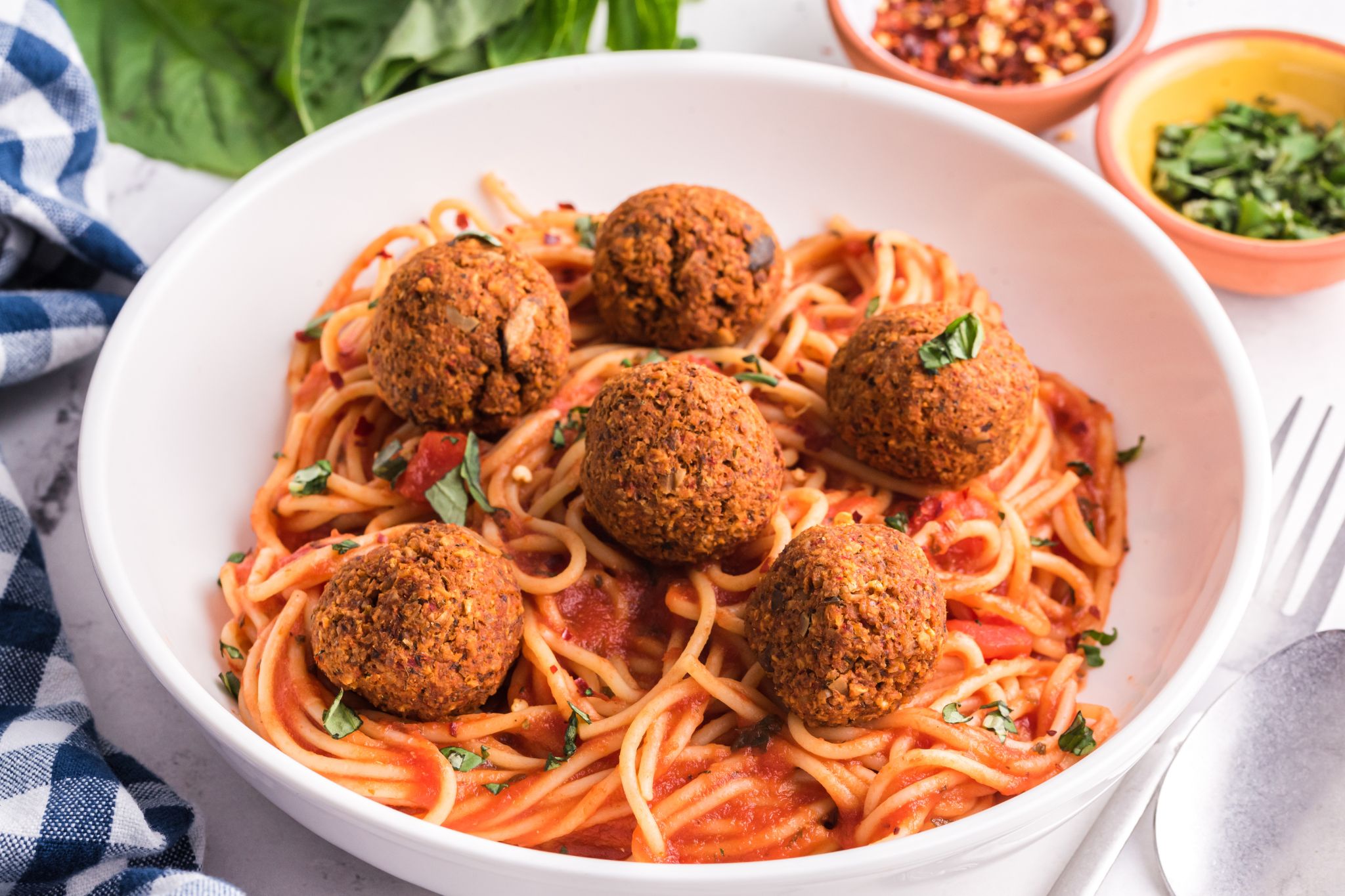
Pumpkin Seed Poppers come with plenty of fiber, magnesium, potassium, zinc, and iron. This mineral-rich and absolutely delicious bite-sized appetizer results in quick, easy, and efficient nutrition to encourage healthy electrolyte balance — no neon-colored drinks required! Take a few ounces on the trail, and enjoy a handful alongside a swig of water for a hydrating and electrolyte-replenishing break.
3. Bibimbap

Bibim — meaning “mixed” in Korean — is the perfect way to describe this nourishing plant-based Bibimbap, thanks to the wide variety of nutrient-dense ingredients, including mineral-rich tofu and vegetables like spinach, bean sprouts, and mushrooms. This mix of nourishing plant-based ingredients is a fun, lively, and nutritious meal to include often in your recipe rotation, especially if your goal is to consume an abundance of electrolyte-rich minerals!
The Bottom Line About Electrolytes
Electrolytes are minerals that carry an electrical charge when dissolved in water and include sodium, potassium, calcium, magnesium, bicarbonate, chloride, and phosphorus. They’re essential for hydration, nerve function, and muscle contractions in the body.
Imbalances in electrolytes can lead to health issues like irregular heart rhythms, muscle weakness, seizures, and even death if left untreated. So, to avoid an electrolyte imbalance, you don’t need to reach for sugary sports drinks. Instead, stay hydrated, maintain a diverse diet with electrolyte-rich foods, moderate your salt intake, and check with your healthcare team about any medications or health conditions that may affect your electrolyte levels.
Tell us in the comments:
- What are your favorite ways to replenish your electrolytes after sweating (or, if you prefer, perspiring)?
- What potassium, magnesium, and calcium-rich foods do you include in your diet?
- Which electrolyte-containing recipe will you try next?
Featured Image: iStock.com/KTStock
